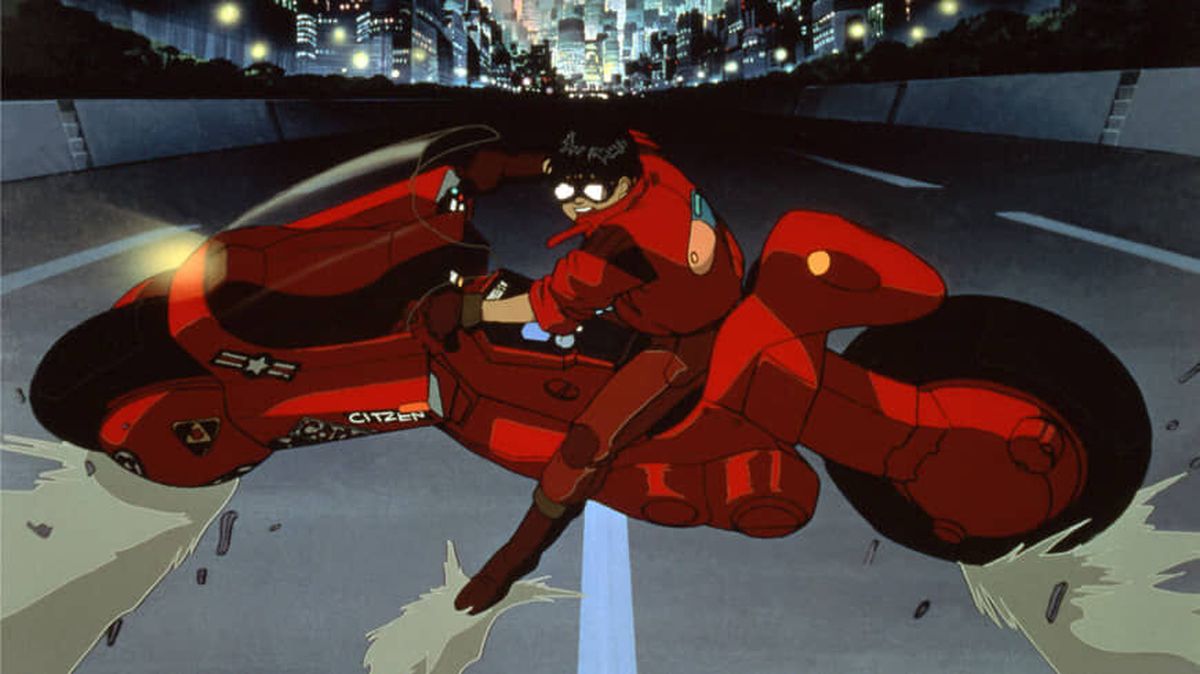Films of the rising sun: If you’re looking for more Japanese goodness, here are 10 of the best films from Japan

With the Tokyo Olympics wrapping up this weekend, we’ve gotten an uncommon look at the Japanese culture through the lens of athletics. But an even better look at this beautiful country can be seen through its wide variety of stellar movies.
From samurai to horror , from Godzilla to Totoro, Japan has made some of the greatest films of all time. These are just some of the best films to come out of the land of the rising sun.
“Akira” (1988)
When it comes to science-fiction animation, Katsuhiro Otomo’s “Akira” perfectly encapsulates the majesty and scope of its genre.
A film about the rage and revolution of a culture, while still focusing on the personal conflict between two lost kids, “Akira” is “Blade Runner” going 100 mph, with a dystopian future that is crackling with vibrance, energy and violence.
“Audition” (1999)
Remarkably, Japan has released a large number of memorable horror films. But nobody in Japan does horror quite like Takashi Miike, and “Audition” might be his best work.
It follows a widower who sarcastically holds auditions to meet his next potential wife. But when one of the auditioners is too good to be true, he jumps at the opportunity and quickly learns about her concealed dark past.
“Harakiri” (1962)
Period pieces involving samurais, also known as jidaigeki movies, are a staple of Japanese cinema. Samurai movies are often sympathetic toward broken warriors trying to survive during the unforgiving feudal era of Japan.
Masaki Kobayashi’s “Harakiri” shows one of these samurais fighting back in glorious fashion.
“Mothra vs. Godzilla” (1964)
Some of the most insanely entertaining Japanese films are their giant monster movies, also known as daikaiju. And while I was tempted to put the 1954 classic “Godzilla” here, I wanted to put something that others probably haven’t seen – the next best Godzilla film, Ishiro Honda’s “Mothra vs. Godzilla.”
Like the first film in the Godzilla series, it’s less about the monsters and more about humans trying to survive. The effects are outstanding for their time, the music is heart pounding and it has some of the best monster fights in any action movie.
“Princess Mononoke” (1997)
If there’s one studio that compares to Disney in terms of animated excellence, it’s Studio Ghibli. With films like “Spirited Away,” “Kiki’s Delivery Service,” “Howl’s Moving Castle” and “My Neighbor Totoro” under their belt, it’s difficult to top their imagination and whimsy.
But their most creative and fantastical has to be Hayao Miyazaki’s “Princess Mononoke,” with its “Lord of the Rings”-like world building and characters that pop off the screen.
“Ran” (1985)
Japan had many visionary directors, but none have ever been as influential as Akira Kurosawa. I could have filled this entire list with just Kurosawa films, especially classics like “Seven Samurai,” “Rashomon,” “Throne of Blood” and “Ikiru.”
But the film that best symbolizes Kurosawa’s career and his breadth as a filmmaker has to be “Ran.” It is a jidaigeki film about an aging warlord who wants to split his massive kingdom among his three sons. This is the most hauntingly beautiful movie ever made, a tragedy with a massive scope and breathtaking cinematography.
“Shoplifters” (2018)
In terms of modern Japanese cinema, the emphasis has pushed closer to realism and personal tales of survival, like Hirokazu Kore-eda’s “Shoplifters” about a nontraditional family doing their best to live in poverty.
What makes “Shoplifters” work is the optimism of the family. Even though it’s a struggle to survive, that shouldn’t stop them from enjoying life.
“Tokyo Story” (1953)
If Kurosawa is Japan’s most visionary director, then Yasujiro Ozu is Japan’s most poetic director. His films like “Late Spring” and “Floating Weeds” are so somber that they’re almost spiritual.
“Tokyo Story” is often regarded as Ozu’s greatest accomplishment. It perfectly captures the disconnect between generations as an aging couple visits their grown children in Tokyo, and their kids can barely find time for them.
“Under the Flag of the Rising Sun” (1972)
One Japanese genre often overlooked are their war movies, which is a shame since they’ve made some outstanding ones.
The one that hits the hardest is Kinji Fukasaku’s “Under the Flag of the Rising Sun.” It details the journey of a widow trying to find out how her husband died during World War II, getting mixed stories and perspectives.
“Woman in the Dunes” (1964)
Finally, we have one of the best films out of the Japanese new wave of cinema, Hiroshi Teshigahara’s “Woman in the Dunes.”
It follows a Tokyo professor trapped in a hut inside a sand dune with a widowed woman and his struggle to break free from his own personal trap, even as he starts to get comfortable with his confinement. While minimalistic, its use of otherworldly music and stunning cinematography makes it a must-see Japanese movie.